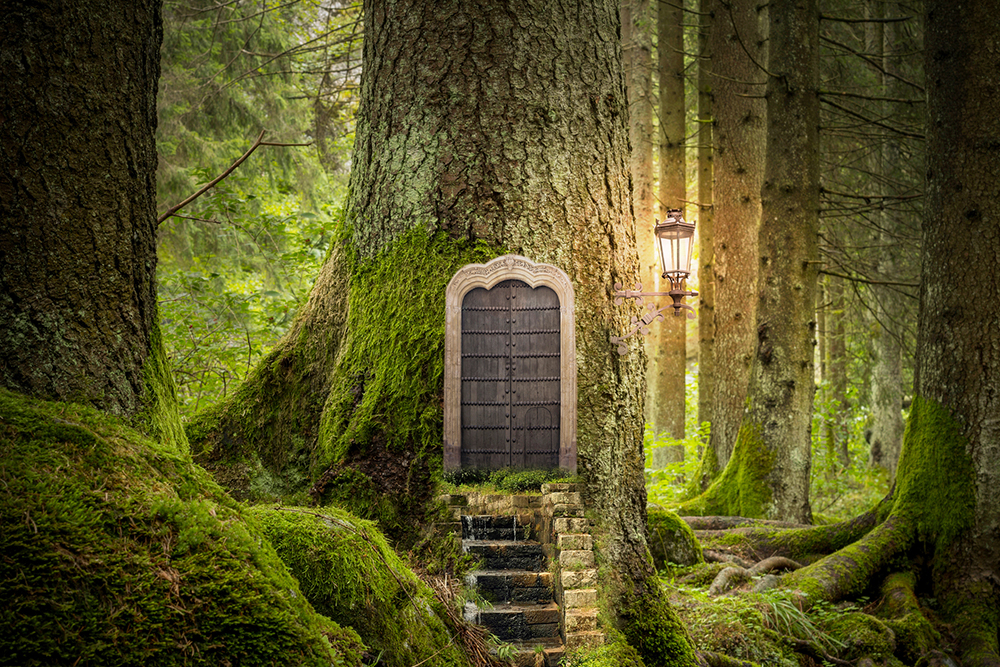Welcome to part three of our archetype series. I have so enjoyed exploring these archetypes that there will be more adventures around this topic in the future. For now, let’s see what Carl Jung and Joseph Campbell had to say about the primary archetypes that we see in stories and myths around the world.
Carl Jung has written volumes of books that explore archetypes in writing and dreams. We are looking at the last four of his primary ones. The Jester lives his life out living in the moment. He believes or acts like we only live once so live life with full enjoyment. Their goal is to have a great time and lighten up the world. There are many names for The Jester. Some of them are The Fool, The Trickster, The Joker, The Comedian or Practical Joker. It appears that their greatest fear is being bored or boring others. They use many strategies to play, be funny and make jokes. The Jester does need to be careful not to be too frivolous or waste too much time. As an archetype their greatest talent is Joy.
The next Jungian archetype we touch on is know as The Thinker. This archetype spends their lives focusing on finding the Truth. They do this because they believe that the Truth will set them free. They use intelligences and analysis to understand the world. This archetype is known by many names. Some of them are The Sage, The Mentor, The Expert, The Scholar, The Detective, The Advisor, The Philosopher, The Academic, The Researcher, The Planner, The Professional, The Teacher or The Contemplative. This archetype fears being misled, duped or being ignorant. The Thinker’s strategy to reach their goals is to seek out information, knowledge, and self-reflection by understanding thought processes. The Sage is known for their intelligence and wisdom. They do need , however, to be careful with their projects and know when to ACT and not just study details forever.
The next primary Jungian archetype is called The Visionary. They make things happen. They want to understand the basic laws of the Universe. They are called many names The Magician, The Catalyst, The Inventor, The Shaman, The Healer or The Medicine Man or Woman. The Magician works towards making dreams come true. Developing a vision and living by it is their best strategy. Unintended consequences unnerve them and they fear that their actions might create negative unintended outcomes. Even the most powerful Visionary has to watch out for becoming manipulative. The Magician archetype is a master at finding win-win solutions to any problem.
Our last primary archetype of Carl Jung’s that we are going to explore today is most often called The Ruler. They believe that the only thing in life is Power. This archetype is most comfortable being in control. The Ruler is also known as The Manager or Administrator, The Politician, Role Model, The Aristocrat, The Boss, The Leader, The King or The Queen. They want to create a successful, prosperous family or community. Their most common strategy is to exercise power to get what they want. Sometimes in their need to reach a goal they can be authoritarian and unable to delegate responsibility to others. In the positive archetypes of the Ruler they use their leadership skills responsibly.
Now we will briefly explore one of the world’s greatest spokesmen for archetypes, Joseph Campbell. In the previous blogs we discussed the Hero, Mentor, Ally, and the Herold from Joseph Campbell’s work.
Our fifth archetype that Joseph Campbell brought to light is called the Trickster. This archetype adds humor and fun to the story. During gloomy or tense parts of the story the Trickster jumps in to give the reader or the audience a break. Also the Trickster is there to challenge what has always been (the status quo).
Some wonderful examples of great Tricksters are Dobby and Luna Lovegood from J.K. Rowlings Harry Potter series and the two hobbits, Merry and Pippin from JR Tolkien’s Lord of the Rings series.
Our next archetype is called the Shapeshifter. Often the Shapeshifter blurs the line between the ally and the enemy. Their loyalty is in question. They provide a delicious combination of appeal and danger. Often the Shapeshifter benefits the story by creating interesting relationships among the characters and adding tensions to the plot line. Some of the best examples of the Shapeshifter archetypes are the Beast from the classic story The Beauty and The Beast. Also Snape from the JK Rowling’s Harry Potter series and Gollum for JR Tolkien’s Lord of the Rings series.
The next archetype Joseph Campbell brings to our attention in his work is called the Guardian. His job is to test The Hero of the story before they face their great challenges. They block the entrance so to speak. This archetype tells The Hero to forget their quest and go home. Some good examples of this archetype is in many of Rick Riordian’s series. The Threshold Guardian characters in his first book of the Percy Jackson series, The Lightning Thief, are the furies.
Yoda from the Star Wars series by George Lucas has several archetypes. He is a Mentor, Trickster and the Threshold Guardian. Yoda protects the secrets and wisdom from Luke Skywalker until he proves himself worthy. The Dursleys are the Threshold Guardian archetype in J.K. Rowling’s Harry Potter series. This archetype exists to make sure the Hero is prepared for his adventure.
Number eight, and the final archetype we will explore in this series, is called the Shadow. Joseph Campbell’s Shadow archetype shows up in many stories and myths around the world. Our hero not only needs a force to fight against in one way or the other he or she needs to see the similarities between himself or herself in the Shadow figure. Luke Skywalker and his father Darth Vader are a great example of this dynamic. Frodo’s greatest fear as he see Gollum in the Lord of the Rings series by Tolkien is that what the ring did to Gollum could happen to him. J.K. Rowling’s Harry Potter series has Harry struggle through all the similarities between himself and Voldemort.
Well we have come to the end of this series and I do hope you have enjoyed our discussion. Of course there are volumes of information on archetypes, and if you are interested in this topic I suggest you go to your library and start doing all the wonderful research that is out there for those who want to know. Thank you for visiting our website and please come back often.
Sign up for our newsletter for current information on all the exciting things happening here at Synchronicity Publishing LLC. I would love to hear from you so feel free to email me at synchron@csd.net.
Blessings,
Patricia






